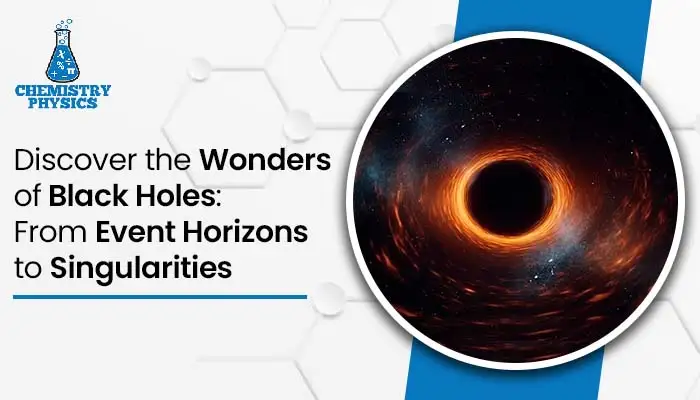
Space exploration has always been an intriguing topic of discussion. One that piques the interest of students of science. At our physics tuition centre, you will find interesting topics uncovered by highly-skilled tutors.
Coming back to the subject matter of space exploration, one of the fascinating objects that was first proposed as an idea in 1783 by John Michell is Black Holes. It is suggested that our Milky Way galaxy alone could contain more than 100 million black holes. Although their detection is quite difficult.
No matter their tough-to-spot nature, black holes have always been a prime subject that are studied. They captivate our imagination and challenge our understanding of physics. In this blog, we give you an introductory explanation of black holes and key concepts that entails them.
What is a Black Hole?
A black hole is a region in space where the gravitational pull is so strong that nothing, not even light and electromagnetic waves, can escape. The formation of black holes is expected to happen through two different channels.
According to the first route, they come into existence when massive stars collapse under their own gravity at the end of their cycle. Another way through which black holes are born is from direct collapse of gas. It is a process that is assumed to result in more massive black holes.
The study of these gluttonous beasts gives us the insights of most profound concepts in physics such as event horizons and singularities.
Event Horizon
Event horizon or also referred to as the “point of no return” is the boundary around a black hole. Studying the concept of event horizon is critical when it comes to black holes as they mark their edge, separating between what’s within the black hole and what remains in the observable universe.
When something crosses this boundary, it cannot escape from the gravitational pull of the black hole. The theory of general relativity is a prominent study one needs to delve into to understand the event horizon.
Singularities
The very centre of a black hole is known as Singularity. This is a point where gravity is so intense that it compresses matter to infinite density and zero volume.
The concept of singularity presents a challenge for physicists. Why? Because the laws of physics as we know them break down when it comes to singularity. It is a place of extreme density where all black hole’s mass is concentrated.
The Proof of Their Existence
Despite their gigantic nature, they are not easily detectable. In fact, it was only in 2019 that the first image of a black hole was able to be captured by the Event Horizon Telescope collaboration.
So, how could we possibly figure out their existence in space if they are incognito? Well, they might not be so visible but the effects they leave on nearby stars or gas gives away their proof of existence.
Experts observe these effects to know about where they are. For example, if a star is orbiting a seemingly empty spot in space and moving in a way that suggests that a massive object is influencing their pattern of movement, then it is most likely the sign of a black hole existing in that spot.
Isn’t that fascinating?
Well, if you are intrigued by these objects and want to delve deeper in the laws of physics, then how about joining an expert help on your journey to learn more on this subject. We at Miracle Learning Centre offer expert physics tuition in Singapore that discusses interesting topics like this while covering the lessons in your curriculum. Get in touch with us to learn more.


